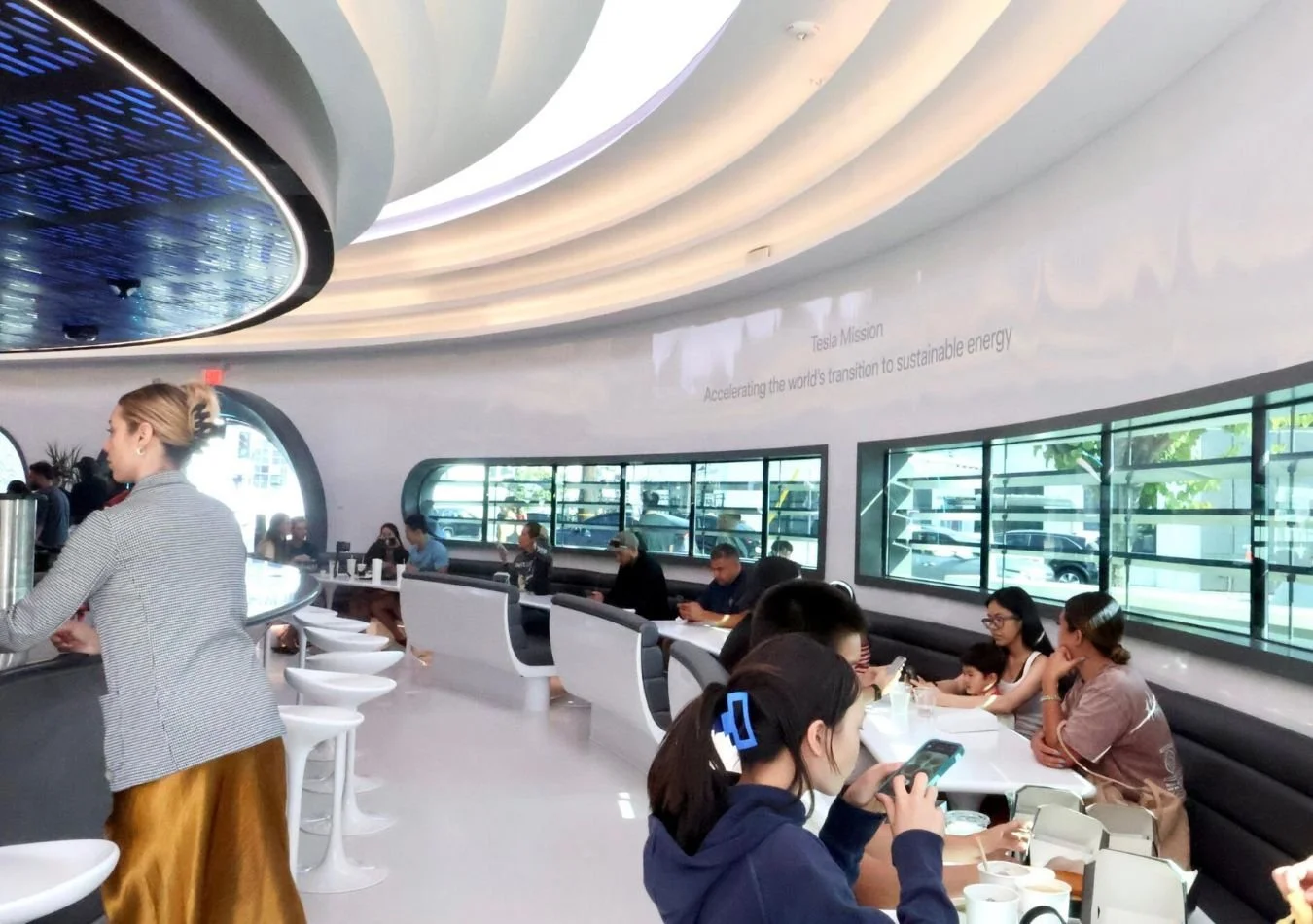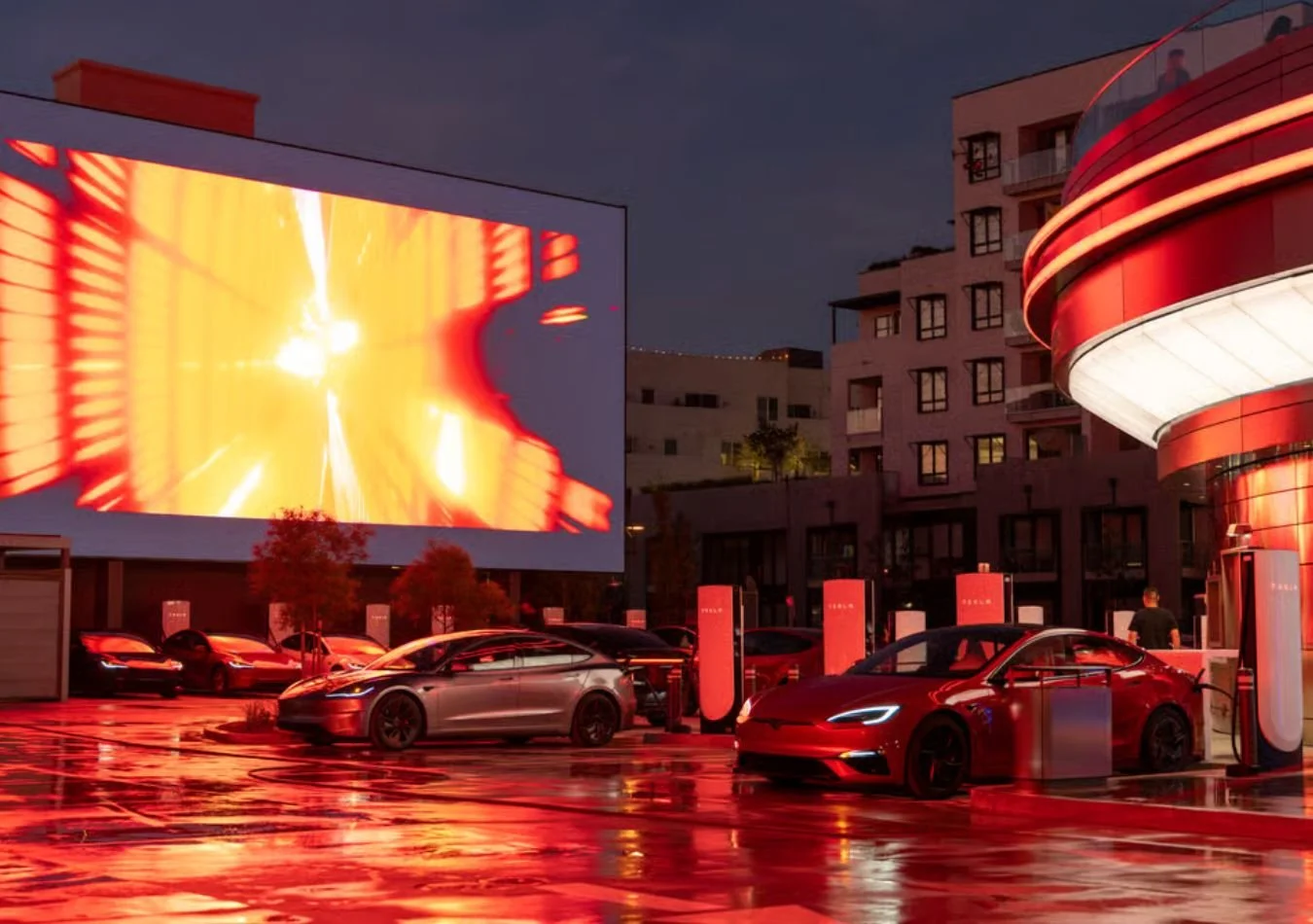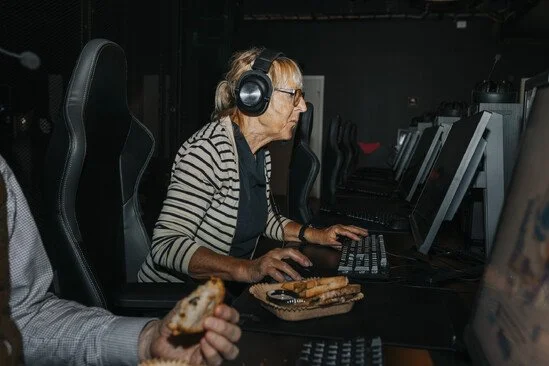From 25 July 2025, the UK enforces a pivotal shift in how digital platforms must protect young users online. The Online Safety Act (OSA) places legally binding responsibilities on social media companies, search engines, and adult content providers to filter harmful content and verify user ages. For tech platforms and brand marketers alike, this is a regulatory watershed - with significant reputational and financial stakes.
Why It Matters
The legislation follows years of scrutiny over platform accountability, particularly after high-profile cases like that of Molly Russell, the teenager who took her life after viewing harmful online content. The OSA now requires platforms to actively prevent under-18s from accessing inappropriate content - not merely respond after the fact.
Supporting Stats
8% of UK children aged 8–14 accessed online pornography within a month, per Ofcom (2025).
Facial age estimation tools such as Yoti, when set to a “challenge age” of 20, wrongly allowed access to fewer than 1% of 13–17-year-olds.
Fines of up to £18 million or 10% of global turnover can be imposed for non-compliance - for Meta, that could mean $16bn.
Pros - What’s Working?
Codified responsibilities with regulatory oversight: Ofcom now has the power to fine, block access, or prosecute senior managers for repeated safety failures.
Tech-led compliance: Platforms are deploying tools like selfie-ID matching, facial age estimation, and digital identity wallets. Reddit, OnlyFans, and Meta are already incorporating compliant features.
User experience segmentation: Platforms like X and Instagram are using default teen settings and content filters to provide age-appropriate browsing environments.
Cons - Where Risks Remain
Uneven application: Smaller adult content providers may delay or dodge compliance, gambling on low enforcement risk in the early phase.
Privacy trade-offs: Age verification mechanisms raise concerns, even when images are not stored. Users may be deterred by ID requests or facial scanning prompts.
Self-defined compliance: Companies can propose “valid alternatives” to Ofcom’s codes, which may lead to fragmented or inconsistent safety standards.
Opportunities - What Should Brands and Platforms Focus On?
Innovation in identity assurance: Age verification is fuelling investment in privacy-first identity solutions - a rapidly emerging space for strategic tech partnerships.
Brand safety and trust: Advertisers can align with verified-safe environments and avoid the reputational risks of being associated with non-compliant platforms.
Proactive content governance: Brands can play a role in co-creating safe, engaging experiences for younger audiences across compliant platforms.
Challenges - Structural and Strategic Barriers
Bias in age estimation AI: Accuracy may vary across demographics, raising potential for unfair access issues or legal exposure.
Business model friction: Age checks can reduce frictionless access - a potential revenue hit for platforms reliant on anonymous or underage traffic.
Global inconsistency: Tech companies must adapt to localised compliance regimes - the UK’s rules may set a precedent but are not yet globally harmonised.
Key Takeouts
From 25 July 2025, the UK’s Online Safety Act is enforceable - targeting harmful online content and mandating age checks.
Platforms must proactively restrict access to suicide, self-harm, eating disorder content, and pornography for under-18s.
ID verification and facial age estimation are being adopted - but privacy and user experience concerns remain.
Ofcom has enforcement power: heavy fines, service blocks, and criminal charges for persistent breaches.
Brands have a stake in ensuring their digital presence is aligned with child-safe, compliant platforms.
Next Steps for Brand Marketers and Platform Leads
Audit platform compliance: Verify that your brand’s media partners or owned platforms meet OSA requirements.
Update digital policies: Review internal guidelines around youth engagement, ad placement, and content targeting.
Partner with safe tech: Explore opportunities in verified ID, digital wallets, or age assurance technologies.
Prepare for global ripple effects: Use the UK as a case study to model readiness for similar legislation in the EU, Australia, or US.
Champion responsible engagement: Position your brand as an advocate for safer online environments through partnerships, campaigns, or platform collaborations.


























